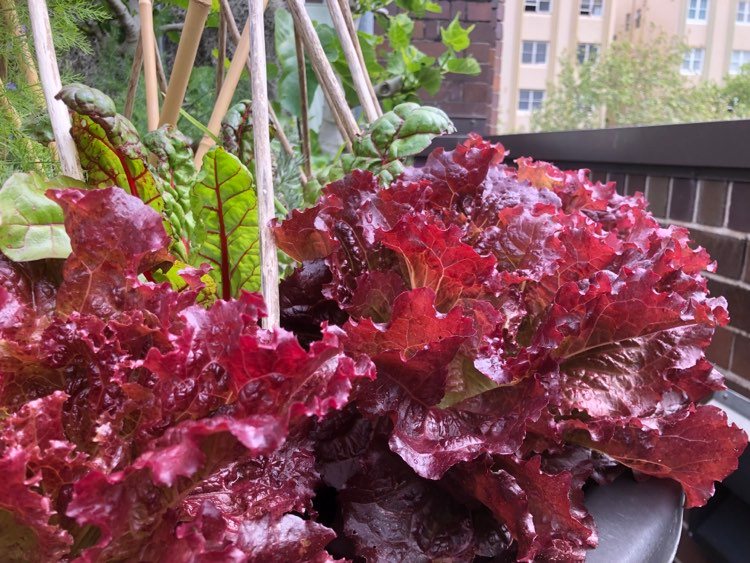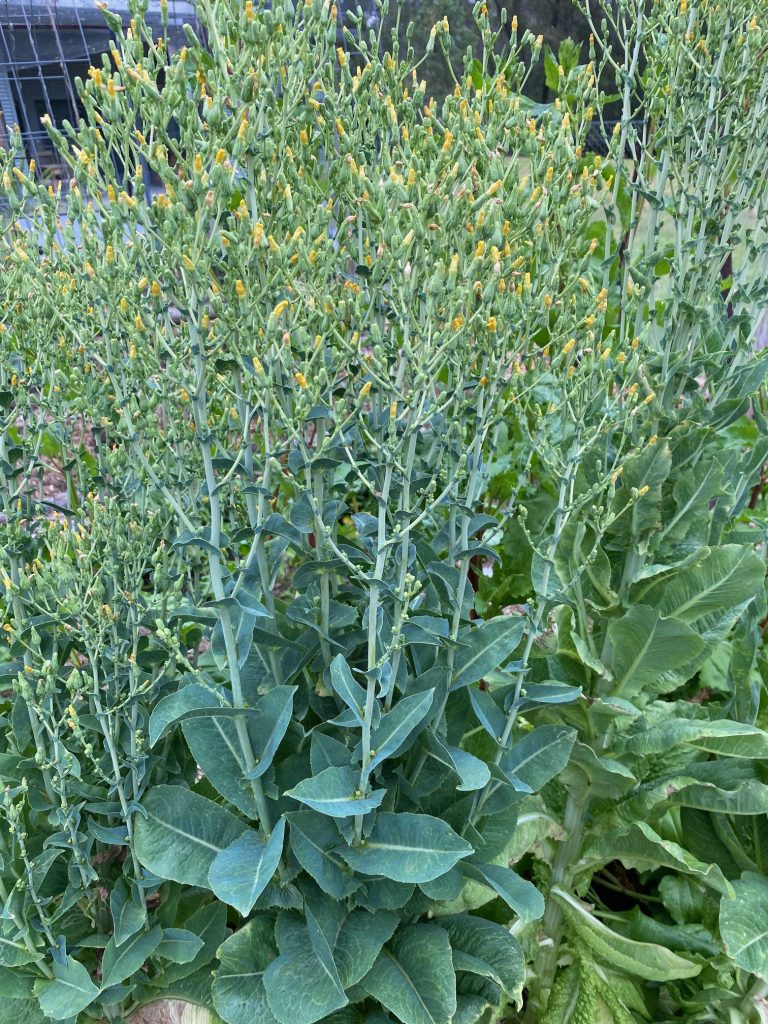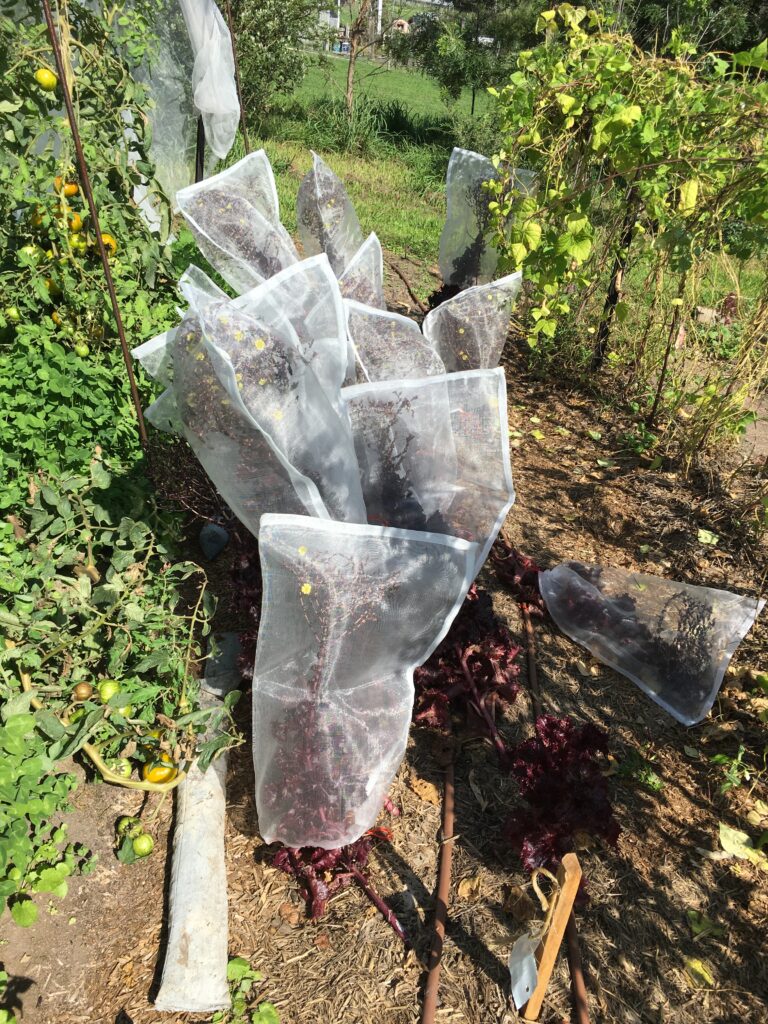Botanical name : Lactuca sativa
Synonyms :
Common name : Lettuce, Romaine lettuce, Cos lettuce, open-hearted lettuce, crisp-head lettuce
Easy for seed saving
Lifecycle: Annual
Pollination: Self-pollinated
Mating system: Perfect flowers that pollinate themselves before opening
Suggested spacing: 30 to 50cm. Flowering plants can take up a little more space than those grown for eating.
Seed specific requirements: none
Isolation distance: 2 to 3 m
Population size: 5 to 10 recommended. Viable seed can be saved from a single plant.
Seed maturity: When the flowerheads have matured to fluffy white
Processing method: Rub or thresh seed out of dry flower heads.
Expected seed viability: 5 years
Images



Growing for seed
As lettuce plants grow a significant flower stalk, spacing them 30 to 40 cm apart will give them room to set seed. They will need the garden space for longer than if you were just going to eat the lettuce. Extra space is recommended in humid conditions to ensure good airflow.
Selection
We are looking for good, robust, well grown plants. If we’re maintaining a variety we should check that the seed plants have the right colour and leaf shape for that variety and remove any that are off type. We should also remove any plants that bolt early before most of them go to seed or any that are not robust and healthy.
Harvest
Lettuce flowers are pollinated before they open. They then open lots of little yellow flowers progressively across the plant. After the flowers are open they then close again and some days later reopen to show the fluffy seed dispersal mechanism that helps the seed travel on the breeze to new locations. The seed does not all mature at once on the plant. So picking the right time to harvest is a trade-off between having the early seed fall in the garden if we wait too long and the last seed not fully mature if we harvest too early. We aim for a balance and cut the stalk when about 60% of the seed heads are ‘fluffy’. An alternative is to go out daily and individually pick fluffy seed heads. Or the seed stalks and heads can be covered with fine mesh bags to try and catch any seed falling before harvest. It is useful to remember that the seed that matures first is usually the best quality seed.

Harvested stalks can be put into bags (eg. old pillowcases) and left to dry.
Processing
Lettuce seed is a small, elongated seed, ranging from light grey to dark brown.
Some seed will fall into the bottom of the bag while drying. Some varieties seem to hold on to their seed more firmly than others. Rubbing the seed heads usually dislodges the seeds reasonably easily. Seed heads can be rubbed through a sieve, or on a rubber mat, or the bags can be walked on. Stalks can also be beaten against the inside of a large rubbish bin to try and dislodge the seeds.
After the seed is removed from the heads it will need to be winnowed to remove the chaff.
Storage
After processing it is a good idea to keep the seed in a paper bag in a dry location for another few weeks to ensure that any moisture being held in the seed by the plant material has a chance to dry off.
There is a fair likelihood that insect pests will have laid their eggs in or on the seed. To stop them in their tracks one of the easiest methods of control is to freeze the seed for a few days. To do this the seed must be absolutely dry first. It then must be placed in a sealed airtight container – like a glass jar – and left in a freezer for 48 to 72 hours to kill pests and their eggs.
Seed is best stored in an airtight container where it is dark, cool and dry.
Contributors
Liz Worth, Julie Davies
